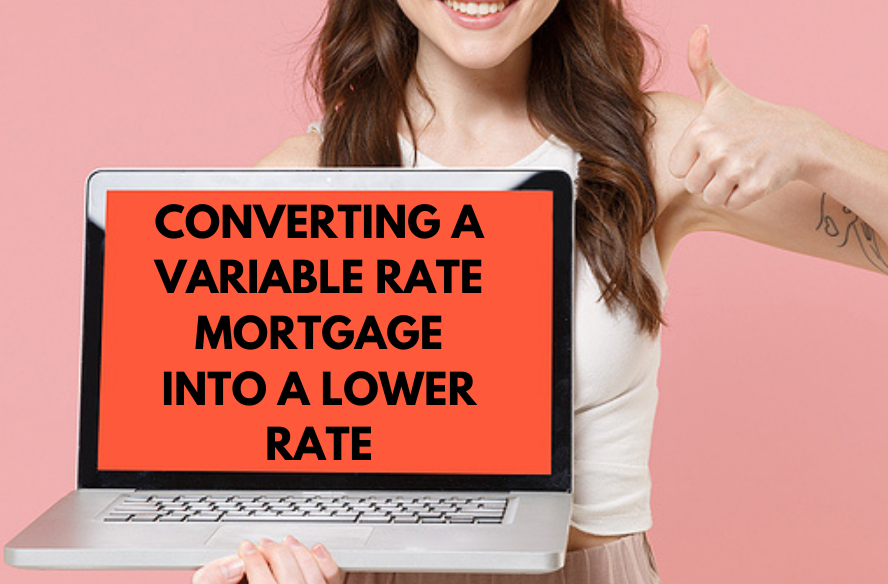By the end of the first quarter of 2020, discounts on variable rate mortgages have all but disappeared. During the last financial crisis in 2008, the discounts on variable rate mortgages were replaced with premiums, with most lenders priced at prime +0.75% to prime +1.00%. Due to extreme economic uncertainty and liquidity concerns in March of 2020, it appeared as though we were going to see this repeat. Fortunately, mortgage lenders gradually brought back their discounts last summer, which have been continually increasing ever since.
Will Variable Rates Continue To Fall?
As the most recent variable rate drops came just last week, it’s too early to detect any disruption in their downward trend. Will the trend continue? It’s possible and somewhat likely, so I would expect to see rates go a bit lower yet. Anything can happen however.
This downward trend in variable rates is referring to the increasing lender discounts off prime rate. This is not to be confused with the Bank of Canada rate, which has been stable since April 2nd, 2020. The BOC has floated the idea of another potential rate cut, which could come as early as March 20th, however this is beginning to appear less likely. If it comes to fruition, then consider it a bonus, but I wouldn’t make any plans around it. Chances are strong that the prime rate will remain unchanged throughout 2021 and 2022. The BOC has been pretty adamant that they will not be increasing their rate until sometime in 2023. As mentioned in previous blogs, I would not be surprised if they held it longer than this. There is still much uncertainty in our economy, and the pandemic has given it quite a beating. It’s going to take years to dig ourselves out of this mess. For this reason alone, I would expect to see mortgage rates near historical lows for years to come. Fixed and variable. Time will tell and anything can happen however.
Opportunity To Convert To A Lower Rate
If you took a variable rate mortgage between spring and fall of 2020, then you’re likely at a rate of prime -0.80% (1.65%) or higher. As the penalty to break most variable rate mortgages is only three months interest, it may be time to consider making a move to a lower rate. 5 year variable rates currently range from low as prime -1.20% (1.25%) to prime -1.00% (1.45%) depending on your specific situation, so there is potential for significant savings.
Bonafide Sale Clause
If your mortgage has a bonafide sale clause, then you’ll have no choice to stay where you are. This clause prevents you from switching lenders in the middle of your term and the only way to break your mortgage is if you sell your home. The most common mortgages with a bonafide sale clause are the MCAP Value Flex, CMLS Rate Advantage, and BMO Smart Mortgage. Outside of these products, you are free to switch lenders (with penalty) with the odd exception.
Will It Make Sense For You To Make A Move?
Reach out to me, or a member of my team and we’d be happy to review your situation and let you know if there is opportunity to save. We’ll need following information to determine the lowest rate you are eligible for:
- Your exact renewal date
- Current mortgage balance
- Approximate market value of your home
- Original purchase date of your home
- The lender you are currently with
- How long have you had your mortgage with this lender?
- When you bought the home, did you pay CMHC insurance or equivilent? (less than 20% down payment)
- Do you have a Home Equity Line of Credit or any other component attached to your mortgage?
- What rate are you paying right now?
- Current mortgage payment (not including property tax)
With the above information, we’ll be able to crunch the numbers to determine exactly how much money you can expect to save. Hopefully we can save you some money!








Leave A Comment